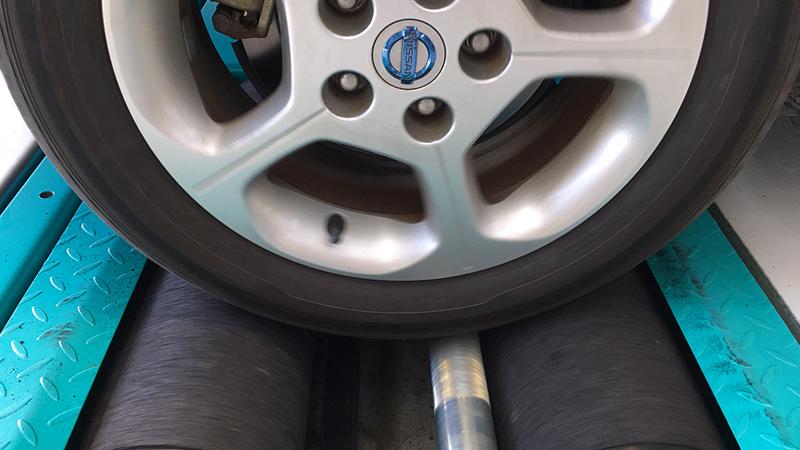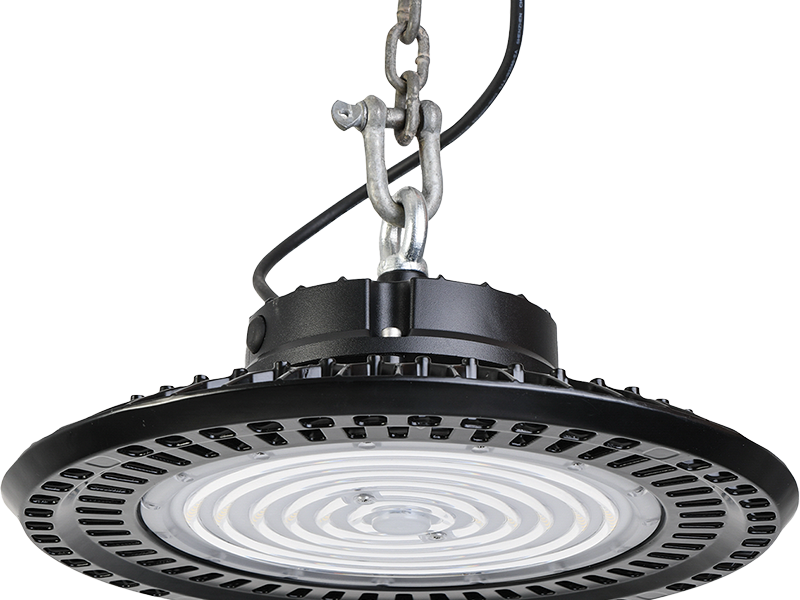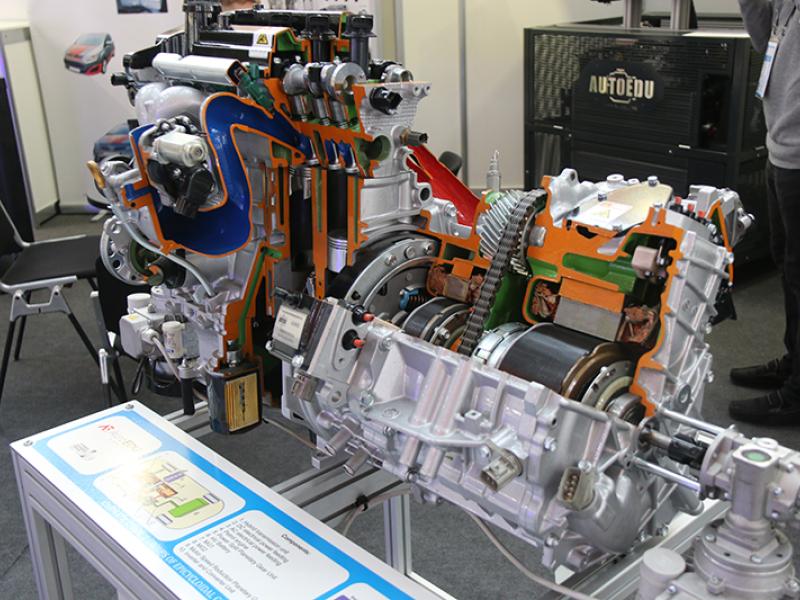In this two-part article we will take you through Automotive brake test engineering from an equipment and automotive perspective. This article will have portions of an official report made recently. I hope you find it overall a pleasant read yet be prepared to read through some of the (dry) theory and data if you have any interest in upskilling in testing of automotive brakes in general.
Bias declaration
AECS sells and installs car and truck brake testers for WoF, CoF (A and B) and general pre check purposes. The staff at AECS are IQPs (NZTA Independent Qualified Persons), and are authorised to calibrate, commission and install brake testers of two brands in NZ.
We are NZTA approved authorised RBM trainers (for CoF vehicle inspectors). We see many different brands of roller brake machines; most are good equipment providing consistent and reliable results.
What do you need to test with a brake tester?
Stated in the NZTA Virm, chapter 8-1,
• A service brake that acts on each wheel must stop the vehicle within a distance of 7m from a speed of 30km/h (average brake efficiency of 50 percent).
sub-chapter 13:
• A parking brake must stop the vehicle within 18m from a speed of 30km/h (average brake efficiency of 20 percent).
There are a number of extra testing criteria like; directional control and progressive application, but in this article for simplicity I will focus mainly on brake efficiency.
Brake efficiency
Facts:
• G is an abbreviation of Gravity.
• Gravity in NZ is approximately an acceleration (deceleration) rate of 9.8m/s2.
• Decelerating from 30km/h over a distance of 7 metres creates 0.5G.
• Brake efficiency is a direct cross over to deceleration rate; a brake efficiency of 50 percent is equal to 0.5G, 60 percent brake efficiency is equal to 0.6G, etc,
• Brake efficiency is the relation between weight and brake force measured at the same time (!).
Weight (kg x G) in Newton divided by brake force in Newton equals brake efficiency.
• A brake efficiency of 100 percent is not possible unless the vehicle is running on gears.
The grip coefficient between warm soft rubber (tyres) and high grip new Corundum surface almost never exceeds 0.9f, which means a brake efficiency of more than 90 percent is possible but becomes unrealistic. 90 percent brake efficiency equals 0.9G.
An F1 car can brake with much higher G forces due to down force (un-real weight) on the car as a result of aerodynamics.
Different testing methods
There are three types of brake test methods: decelerometer, plate brake tester and roller brake tester.
Decelerometer
This very low-cost tester is a single axis G force meter. It simply tests the deceleration rate of the car (including the tilt of the car). There is no way that individual axle brake performance (axle efficiency), directional stability (difference), ovality (warped discs) or brake drag (seized callipers) can be measured with a standard decelerometer.
This is why for commercial vehicles the decelerometer is only allowed by exception. A decelerometer is a reasonably good tool to measure deceleration.
Plate brake testers
Plate brake testers stem from the earliest era of brake testing where a platform moved in against a spring, pushing oil with a hydraulic ram into a tube. The height of the oil pushed up into a glass tube on a board was the indication of the brake force exerted on the plate.
In the late nineties I was trained by the designers, on the technical background, calibration, and installation on the electronic equivalent of plate brake test machines.
In the EU at that time the plate brake testers were only allowed to be installed in Norway to cope with steel spiked tyres. Their use worldwide, is even today extremely limited.
Effectively the hydraulic ram in the plate brake tester has been replaced by an electronic force sensor, the glass tube on the board is replaced by a computer screen showing bar graphs moving up by brake force.
The red oil sticking in the glass tubes (to indicate max brake force) was replaced by a ‘maximum force’ function in the software, displayed on a screen.
The fact that my personal first experience with the plate brake testers produced inconsistent results, made me criticise the actual designers, who were training me back in the late nineties. The most interesting remark from the designer/trainer was, that as a matter of design a plate brake tester’s results are subjective.
In layman’s terms this means that the operator can get a wide range of results from a plate brake tester depending on how they operate it, unlike a roller brake tester or decelerometer. In the practical reality it is virtually impossible to get consistent results even if the tester could calculate efficiency with the dynamic weight and brake force. It is the human element in the brake plate tests and the design of this type of tester that creates the largest inconsistencies in brake results. We will cover some of the specifics in part two.
Roller brake testers
Roller brake testers don’t have the same issues. Worldwide industry standard is to use roller brake testers. In NZ in the heavy vehicle industry, plate brake testers are not allowed and decelerometers only by exception. Why should this be different for cars?
• On a roller brake tester, the testing speed is consistent.
• On a roller brake tester, the weight of the axle (wheels) is almost consistent (plus dynamic weight recording can be and are being used).
• On a roller brake tester, pedal force is not measured in NZ as the brake test will terminate when one or both wheels lose traction (brake until wheel lock occurs).
The vehicle is longitudinally always placed in the centre of the tester, not affecting weight readings, plus the resultant force on the frame will not affect the brake force readings.
• On a roller brake tester, the skid of the tyre on the roller is measured (slip percentage), something which is not possible on brake plates.
• On a roller brake tester, and with the brakes (and proportioning valves) in good working order it should virtually always be possible to lock the brakes.
• On a roller brake tester, the quality of the suspension is not a factor in brake force and brake efficiency calculations.
Roller brake testers fitted with weight sensors (and equipped with the ability to calculate efficiency) produce repeatable and representative brake efficiency results, where plate brake testers do not. Simple really.
Test results with the same vehicle.
In next months article are some practical tests and conclusions we have done with our 2018 Hyundai service van (33,000km) on a newly installed plate brake tester and on a roller brake tester. You will be surprised with the results!






